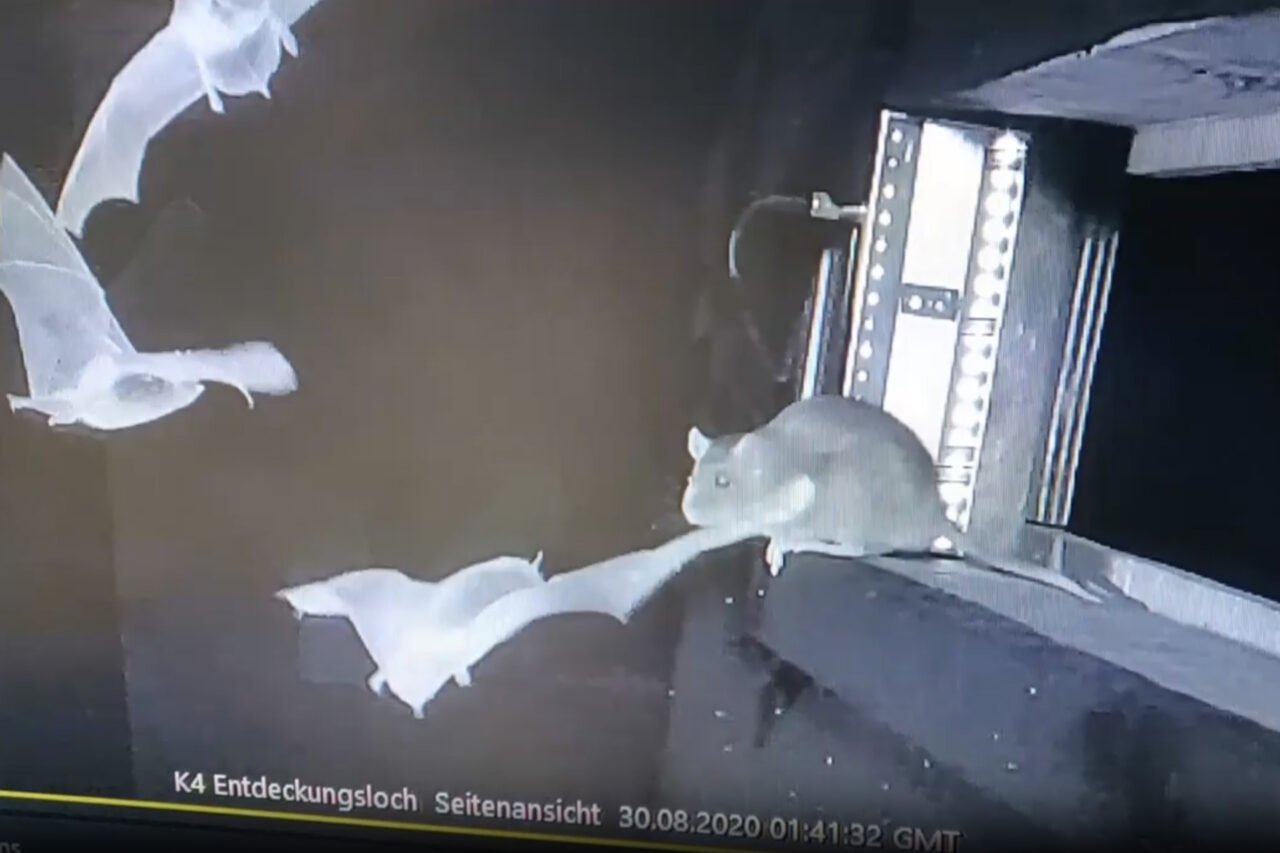A recent study has raised alarms about the predatory behavior of brown rats, Rattus norvegicus, against local bat populations in Germany. Researchers found that these rats are systematically hunting and feeding on two bat species, Myotis daubentonii and Myotis nattereri, particularly near key hibernation sites. The findings, published in the journal Global Ecology and Conservation, suggest a significant threat to bat populations in the region.
Surveillance Reveals Disturbing Behavior
The investigation spanned several years, beginning in 2020 when researchers deployed infrared surveillance cameras near the Segeberger Kalkberg, one of two caves that serve as winter habitats for urban bat populations in northern Germany. Over a five-week period, they documented 30 predation attempts, leading to 13 confirmed kills. The evidence showed that the rats had also cached the remains of at least 52 bats, indicating a pattern of regular predation and possible food hoarding.
The researchers observed two primary hunting strategies employed by the rats. They would either intercept bats midair or launch ambushes as the bats landed. In both scenarios, the rats positioned themselves strategically, delivering rapid and lethal bites. If the initial attack did not succeed, they would restrain the bat with their forelegs to ensure a second, fatal bite.
Evidence of Systematic Predation
Follow-up investigations from 2021 to 2024 provided additional evidence of rat predation on bats. Researchers discovered a cache of bat carcasses near the Lüneburger Kalkberg, another significant bat habitat. The arrangement of this hoard closely resembled that found at the Segeberger Kalkberg, reinforcing the idea that brown rats are actively preying on bats in multiple locations.
Brown rats are not natural bat predators. Their opportunistic feeding habits mean they will consume whatever is available. For instance, studies show that brown rats near Japanese fish markets have a diet composed of approximately 86% fish. While bats may not be the sole food source, their significant presence in the rats’ diet poses a serious threat to bat populations.
Bats play crucial ecological roles globally, including insect suppression, seed dispersal, and pollination. The research highlights the potential ecological consequences of an increase in rat predation, particularly as bat populations face challenges from habitat loss and disease.
The implications extend beyond ecological concerns. Both bats and rats are known carriers of various pathogens, including coronaviruses. Although the current study did not investigate pathogen transmission, the potential for disease exchange between these two wildlife reservoirs raises further concerns for public health.
This unexpected interaction between brown rats and bats underscores the complexity of ecological systems. As researchers continue to study these alarming predatory behaviors, the need for conservation efforts to protect bat populations becomes increasingly critical.







